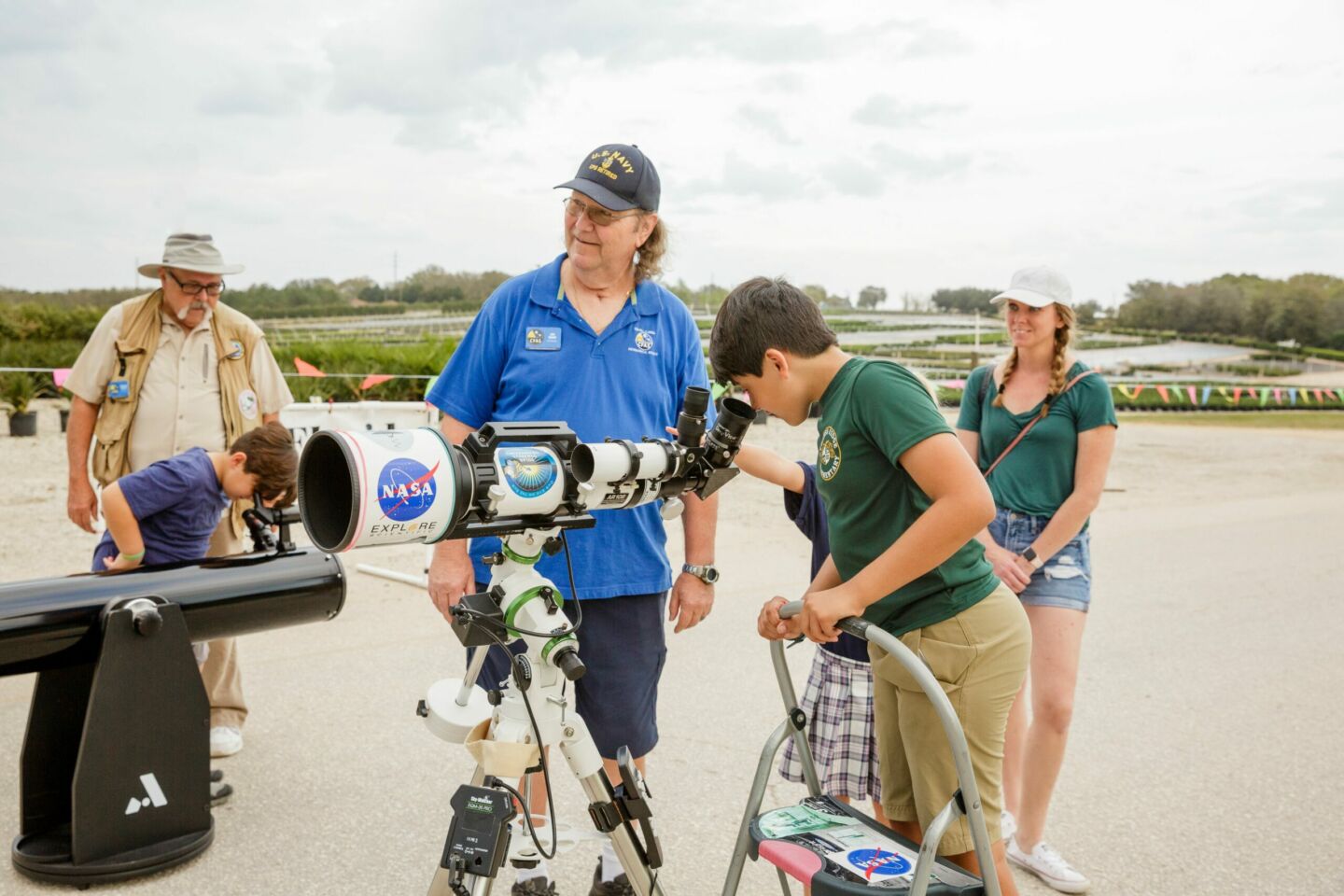
Study Links Artificial Light at Night and Cancer Risk

A recent study published in Environmental Health Perspectives investigated the relationship between artificial light at night (ALAN) in Spain and the risk of developing breast or prostate cancer.1
Previous research has shown that night shift work can disrupt circadian rhythms and is probably carcinogenic. To control for this relationship, the researchers in this study excluded subjects who had ever worked night-shift schedules.
The scientists collected data from over 4,000 people in 11 Spanish regions. Study participants ranged in age from 20 to 85. According to a Press Release from the Barcelona Institute for Global Health (ISGlobal), “Indoor exposure to artificial light was determined through personal questionnaires, while outdoor levels of artificial light were evaluated for Madrid and Barcelona, based on nocturnal images taken by astronauts aboard the International Space Station.”2
The study concluded, “Both prostate and breast cancer were associated with high estimated exposure to outdoor ALAN in the blue-enriched light spectrum.” Compared to the control group, participants exposed to higher levels of blue light had 1.5-times higher risk of developing breast cancer and 2-times higher risk of developing prostate cancer.
With a worldwide increase in light pollution, it is becoming more important to understand how exposure to ALAN affects biological processes and disease risks. Scientists are just beginning to investigate the connections between ALAN, circadian rhythm disruption, hormone production, and rates of certain hormone-dependent cancers.
This recent study concludes, “Exposure to ALAN is ubiquitous and whether the spread of exposure to ALAN may increase cancer risk and how this could be prevented are public health issues.” The authors recommend further studies using techniques for collecting individual data and involving younger people using electronic devices with blue light-emitting screens.
- Ariadna Garcia-Saenz et al, Evaluating the Association between Artificial Light-at-Night Exposure and Breast and Prostate Cancer Risk in Spain (MCC-Spain Study), Environmental Health Perspectives (2018). DOI: 10.1289/EHP1837
- Study links night exposure to blue light with breast and prostate cancer. (2018). Barcelona Institute for Global Health (ISGlobal). Retrieved 5/23/18 from https://www.sciencedaily.com/releases/2018/04/180425120242.htm



















